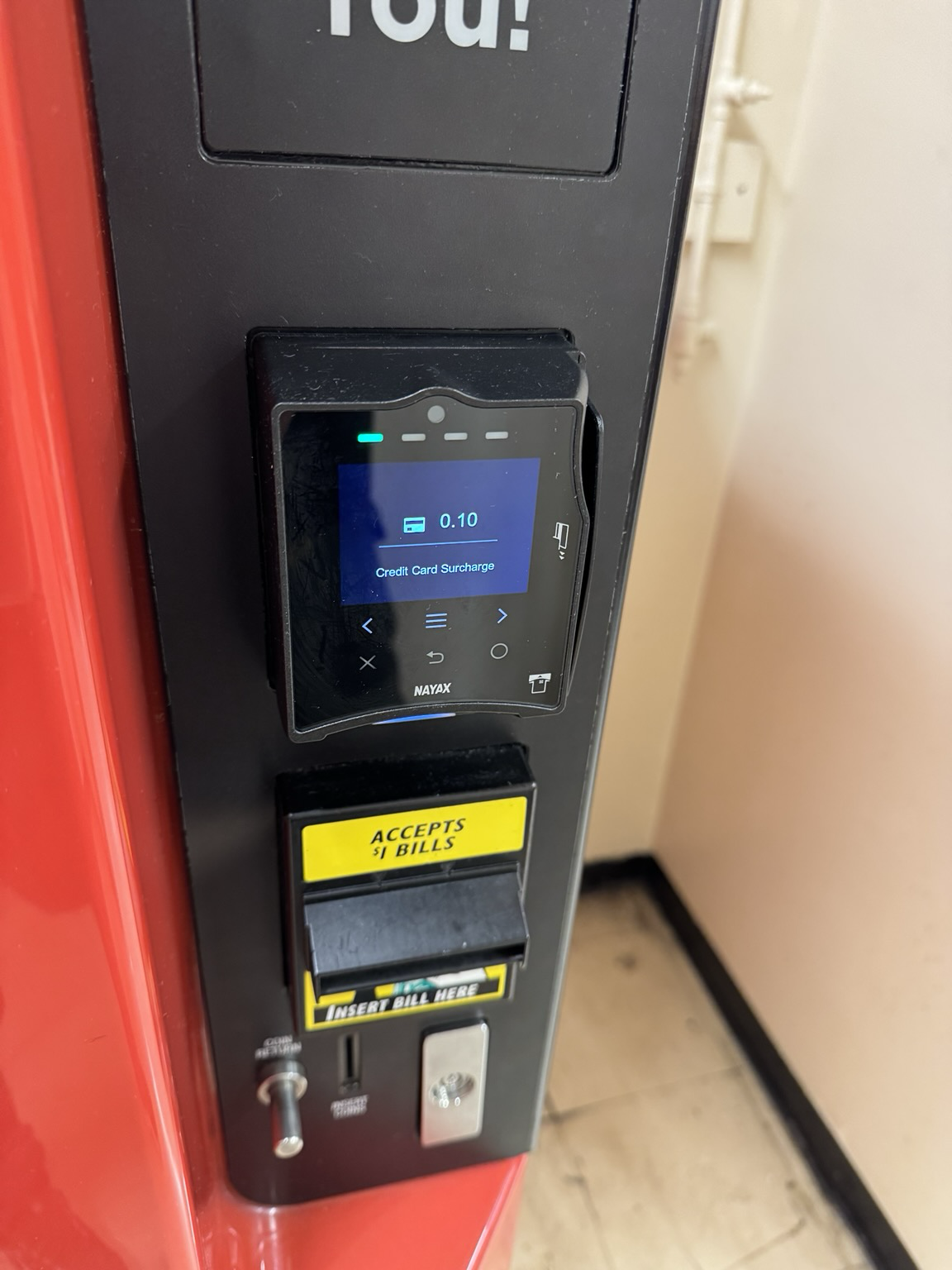I don’t pay for subscription services anymore. Instead I pay $200/mo for Claude Max subscription and just ask it to build whatever tools I need.
Password manager, task lists, podcast catcher, etc.
The golden era of SaaS is going to be short lived
I don’t pay for subscription services anymore. Instead I pay $200/mo for Claude Max subscription and just ask it to build whatever tools I need.
Password manager, task lists, podcast catcher, etc.
The golden era of SaaS is going to be short lived
We got a test post ova hear!
Walking home, just casually over heard someone getting a medical diagnosis from ChatGPT on speakerphone on the streets of New York
🔥🔥🔥
Memorial

Is my ansolute favorite insult I just read
East Stroudsburg, PA

Bat boy NYC

I told someone who had a sign up offering 3-5% cash discount that it was more than my savings account rate. He told me he never thought of it that way
